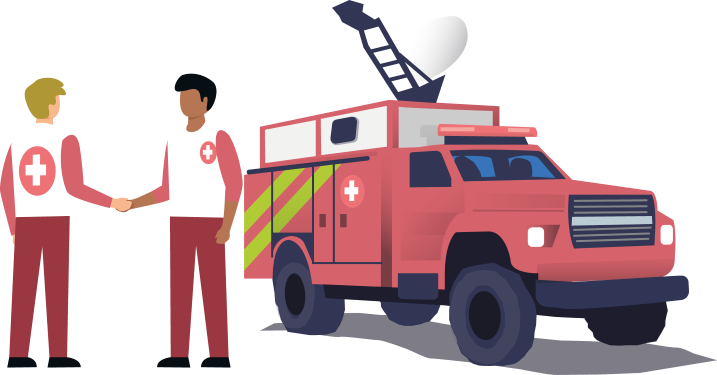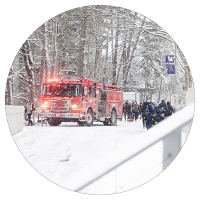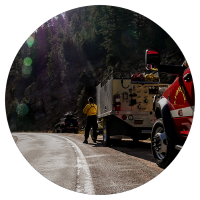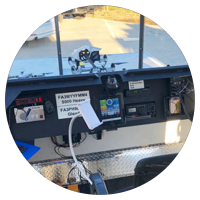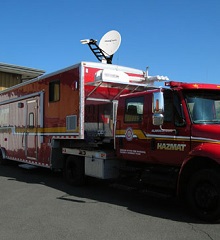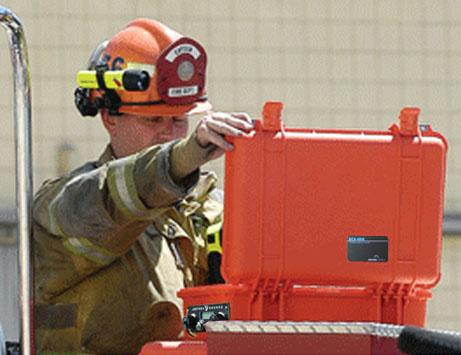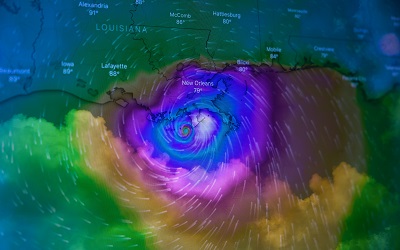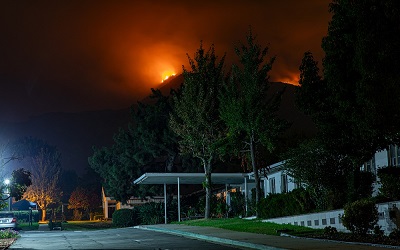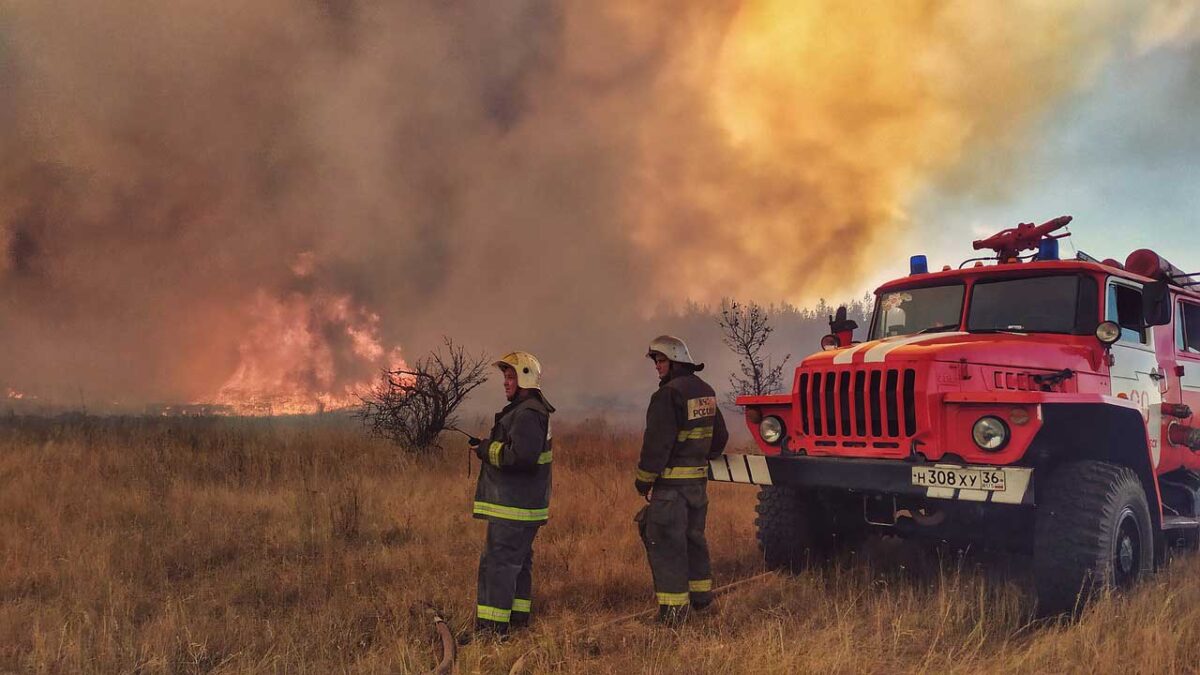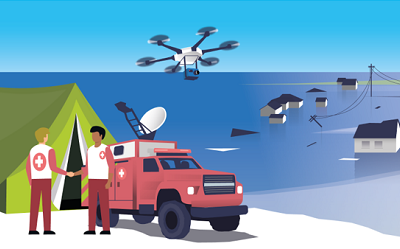First responders – firefighters, paramedics, police, all public safety agencies – must have communication certainty. Why?
- Timely instructions reaching field teams can mean the difference between a life saved and a life lost.
- In distress situations, personnel staying connected is essential.
But 81% of emergency managers have experienced communication failures. During an emergency, traditional infrastructure may be unavailable, destroyed or overloaded. This is why satellites play such an important role in public safety operations. In just one example, the FBI and other emergency response teams relied on satellite phones throughout the Boston Marathon Bombing aftermath because cellular service was unreliable due to congestion.
SATCOM products and services provide reliable and resilient connectivity, enabling critical communication links when LTE and radios are down. With the ability to provide connectivity in remote, disaster-stricken, or otherwise challenging environments, SATCOM has already revolutionized how first response agencies operate.
How SATCOM has transformed public safety operations
Today, SATCOM aids tactical operators with natural disaster response both as a primary and failover means of communication. It empowers wildfire response teams operating in remote forests with real-time communication, data analysis, and information retrieval. It enables field hospitals to access medical histories, transmit imagery, and provide telemedicine services on-site.
However, in a competitive market with a growing number of players, choosing the right SATCOM service and equipment can be difficult. Using our 20+ years experience supporting first responders, we’ve outlined key considerations to help guide public safety agencies define their SATCOM requirements.
Navigating the world of SATCOM: Important factors to consider
COVERAGE & AVAILABILITY
As SATCOM systems leverage specific satellite constellations and services, it’s crucial to assess your agency’s operational zone to determine coverage and availability needs.
Coverage will depend on factors like satellite orbit position, antenna pointing accuracy, frequency used, and potential signal obstacles such as tall buildings or valleys. Key players like Iridium, Starlink, and Viasat offer global coverage (the latter excluding polar regions).
However, Starlink can suffer congestion-related slowdowns, while newer constellation OneWeb consistently covers the 35th parallel north, encompassing Canada, southern Europe, and northern USA, without speed fluctuations.
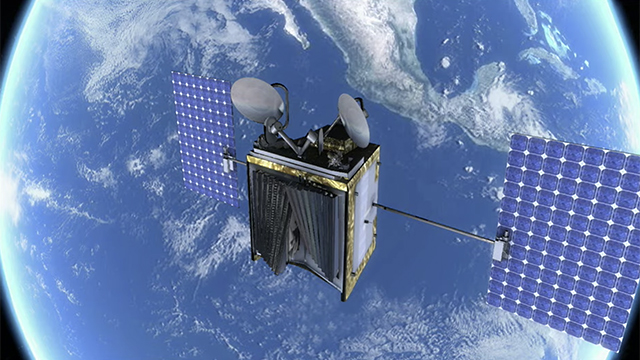
BANDWIDTH & LATENCY
Effective communication for first responders often extends beyond voice calls. Thus, teams must assess whether their SATCOM devices require capabilities like live video transmission. In such cases, prioritizing sufficient potential bandwidth and, where needed, low latency becomes essential.
Both Iridium and OneWeb constellations operate within Low Earth Orbit (LEO), resulting in reduced ping times due to closer satellite proximity to Earth’s surface. With latency as low as 70ms, emergency responders experience near real-time collaboration.
Viasat, SES and Intelsat support high bandwidth applications like video calling, but with constellations situated in geostationary orbit, there is a slight impact on latency.
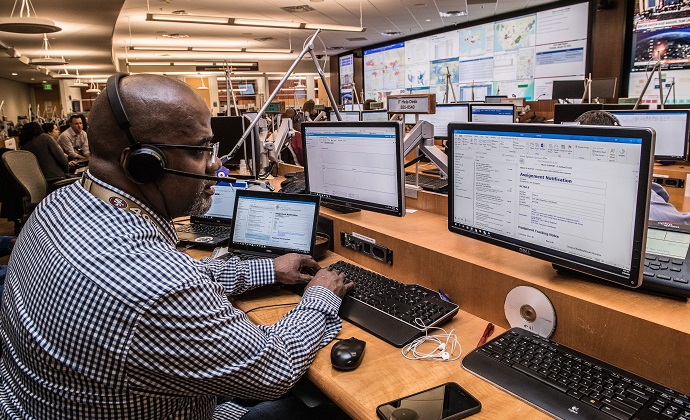
RUGGEDNESS & MOBILITY
First responders often navigate challenging and unpredictable environments. Fortunately, SATCOM equipment can be ruggedized to endure demanding and rapidly changing conditions. Look for robust IP (ingress protection) ratings, and operating temperatures to ensure steadfast performance during critical moments.
If you need extremely swift deployment and setup, consider a case-based device like the MCD-4800, which allows responders to establish communications within seconds during emergencies.
The Kymeta Hawk u8 LEO, which attaches to vehicles, offers Satcom-on-the-move capabilities—an essential feature given that a recent survey showed 37% of first responders consider connected vehicles a top priority within the next five years.
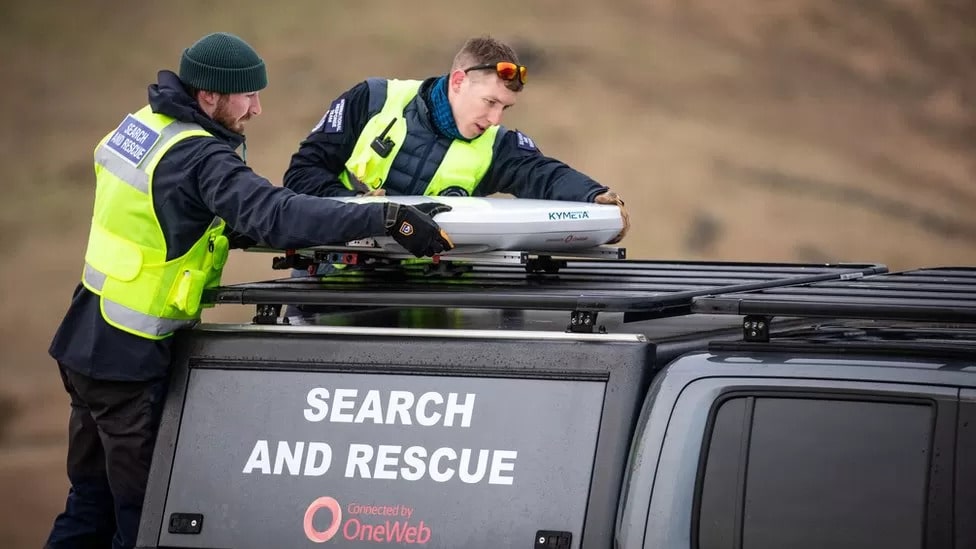
COST
Emergency response agencies need to assess both up-front and long-term costs; including equipment, airtime, training and support.
One thing to consider are dual-mode satellite and cellular devices like the Kymeta Hawk u8 LEO LTE, as these generally offer a more cost-effective airtime package.
Further, investigate discounts and flexibility in various data packages. At Ground Control, we provide exceptional, flexible rates for emergency responders, recognizing that airtime needs might be intermittent throughout the year.
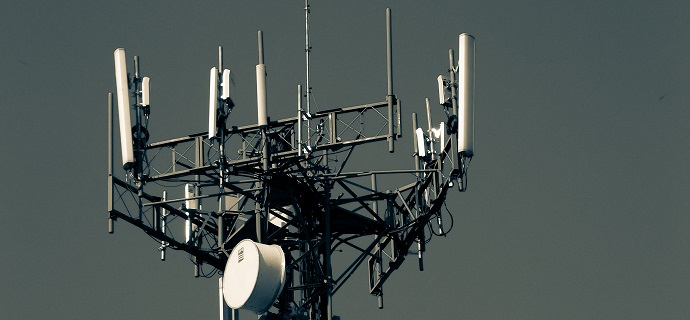
INTEROPERABILITY
Seamless communication between different agencies remains a top concern for our public safety officials, with 47% of surveyed first responders recognizing the significance of interoperability. Coordinated communication among federal, state, and local agencies is essential to prevent duplication and delays in rescue efforts.
With SATCOM systems, agencies can achieve interoperability in two main ways: 1. Employing an “interoperability gateway” or crossband repeater. 2. Utilizing Mission-Critical Push-to-Talk (MCPTT) devices. Planning the “how” is essential from the outset.

SECURITY
The transmission of sensitive data is a crucial aspect of first responder operations. To safeguard this information, the chosen SATCOM service should prioritize network security and provide robust encryption features, to ensure the confidentiality, integrity, and availability of the transmitted information.
Look for systems and services that offer end-to-end encryption, secure communication channels, and authentication mechanisms to protect data from unauthorized access. For instance, OneWeb’s service boasts military-grade network security, and some ground stations are even located within military installations.

Survey referenced above: Frontline Public Safety Communications
SATCOM equipment is a tool; selecting the right tool can make a substantial difference. And with first response teams expecting their job to require even more connected devices in the next five years, the better agencies understand their needs, the better companies like Ground Control can match agencies with the best possible tool (SATCOM equipment).
SATCOM systems for first responders
For more detailed comparisons of our popular portable and mobile satellite communication equipment, refer to – Comparing SATCOM solutions for public safety agencies. Likewise if you would prefer to discuss your requirements with one of our experienced team, email us at sales@groundcontrol.com.
Ready to take the next step?
So if you are reviewing satellite communication equipment and would like some objective advice, simply fill in the form and one of our expert team will get back to you.
